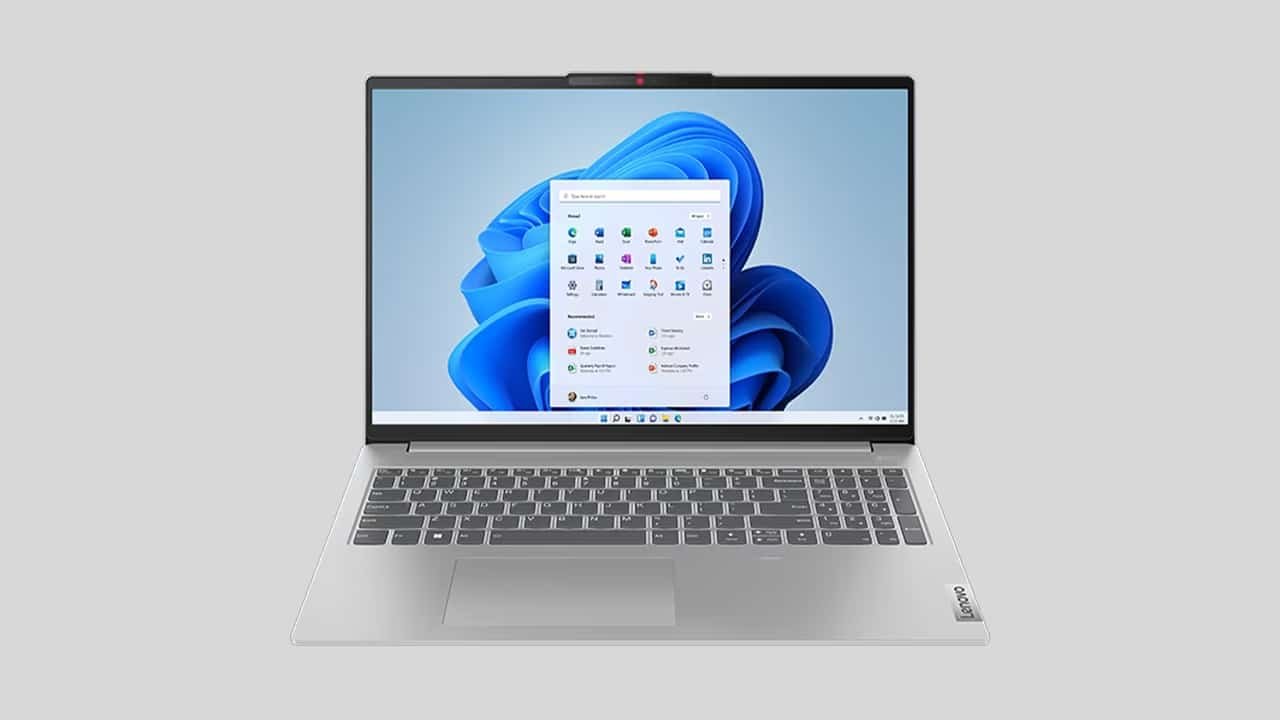Generation of Computers 1st to 6th: Earlier computers were the size of a very heavy room and were not easy to carry anywhere. In today’s digital world, computers have become an essential part of our lives. Be it office work or household work, playing games, watching movies, or studying, everyone always needs a computer. Today we are talking about the generations of computers from the first century to the sixth century.

Related – Lenovo Yoga Pro Laptops 2024 Models
First Generation of Computer (1940s – 1950s)
The world’s first computers were introduced in the 1940s and operated until the 1950s. This computer was based on vacuum tube technology and was a vast computer. Computers of the 1940s consumed a lot of power and provided limited processing capacity. This computer was mainly used for calculations and military purposes—for example, ENIAC and UNIVAC.
| Feature | Description |
| Vacuum Tube Technology | Utilized vacuum tubes for circuitry, enabling electronic data processing. |
| Large Size | Computers of this generation were notably bulky in physical dimensions. |
| Programming in Machine Language | Programming was conducted using machine language, a primitive form of coding. |
| High Power Consumption | These computers required significant amounts of electricity to operate. |
| Heat Generation | They produced substantial heat due to the operation of vacuum tubes. |
| Limited Processing Speed | Despite advancements, the processing speed remained relatively slow, calculating data in milliseconds. |
| Examples | Iconic examples of first-generation computers include ENIAC and U |

Second Generation (1950s – 1960s)
Second-generation computers were slightly smaller than first-generation computers, and transistors were used in them, but vacuum tubes were used in first-generation computers. Mainly, second-generation computers used high-level programming languages like FORTRAN and COBOL, and magnetic core memory and batch processing systems were developed in this generation. For example, IBM 1401, IBM 7090

Third Generation (1960s – 1970s)
Third-generation computers were much smaller in size compared to the first and second generations. As for the main features, integrated circuits (IC) were proposed for the computers of this generation, and operating systems were developed along with time-sharing systems. The proposal was put forward. Third-generation computers are known as minicomputers. For example, IBM System/360, Deck PDP-11.

Fourth Generation (1970s – 1980s)
Fourth-generation computers lasted from the 1970s to the 1980s. Their main features are as follows: They were made using microprocessors and graphical user interfaces. Networking technologies started being used in fourth-generation computers, and floppy disks and hard drives were introduced. Examples include Apple II, IBM PC, and Commodore PET.

Fifth Generation (1980s – 1990s)
Although fifth-generation computers are still in development, today’s scientific computer science is based on Artificial Intelligence (AI) technology. One feature of these computers is that they can understand spoken words, providing a more user-friendly experience.
Computer scientists are still working on increasing advanced processing power and trying to create computers with actual IQs with the help of advanced programming and technologies. Examples of fifth-generation computers include IBM Notebook, PARAM 10000 & IBM PS/2, Macintosh Classic, Intel 486, etc.

Sixth Generation (1990s – 2000s)
The sixth generation is the latest and most advanced stage of computer technology. It began around 2000 and is still ongoing, with some considering us still in the fifth generation due to ongoing AI developments. Quantum computing, nanotechnology, AI, neural networks, wide area networking, natural language processing, etc., are essential features of the sixth generation. The sixth generation may introduce new ways to interact with machines, such as voice commands or AR, VR, and MR technologies.

Examples of sixth-generation devices include laptops, notebooks, and mobile phones. Sixth-generation features include network connectivity, automation, efficient data transfer, secure networking, etc. The advantages of the sixth generation include better physical connectivity, higher bandwidth, digitalization across various devices, etc. Disadvantages of the sixth generation include increased susceptibility to hacking and cybercrime, misinformation and propaganda, promotion of social isolation, etc.
Related –

